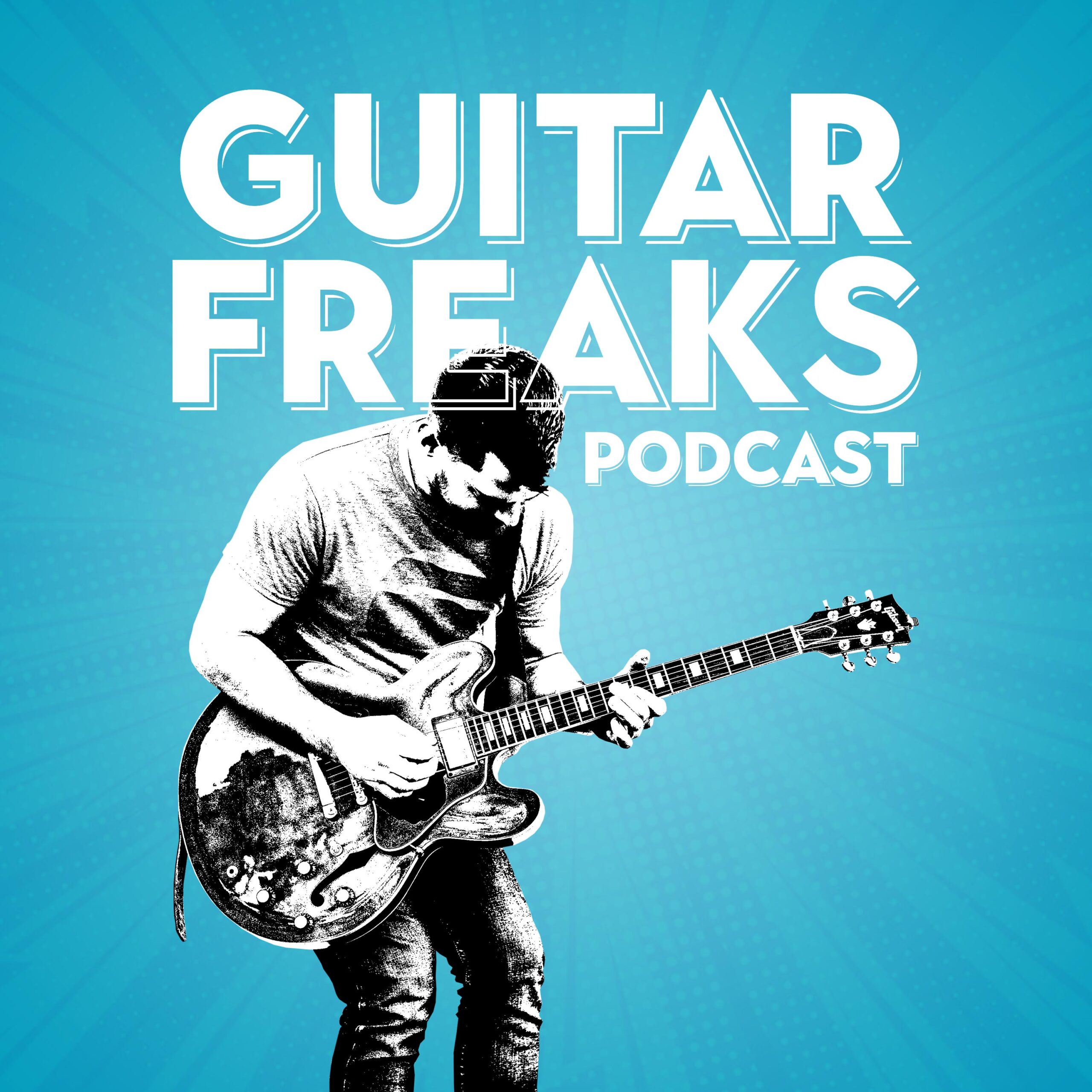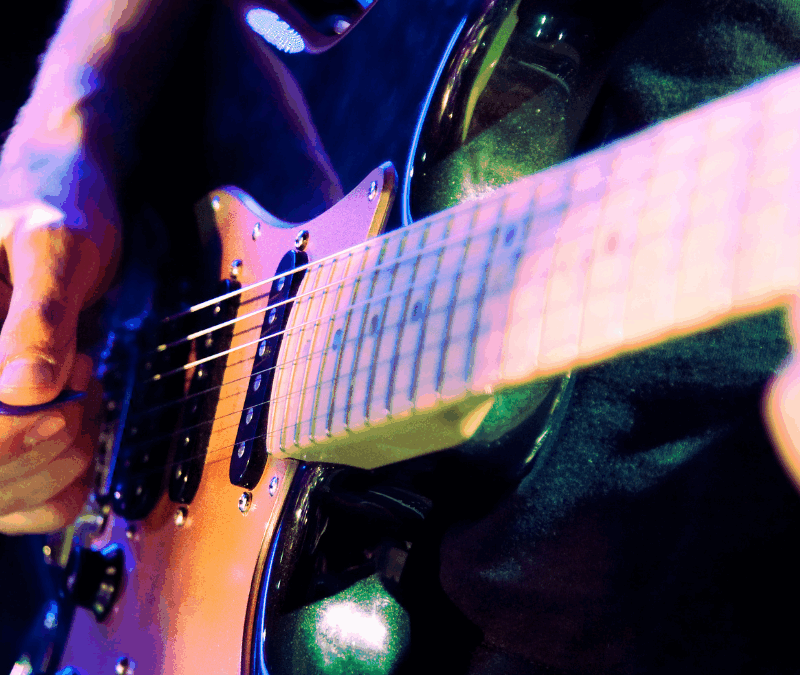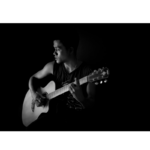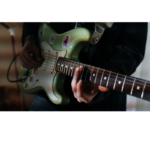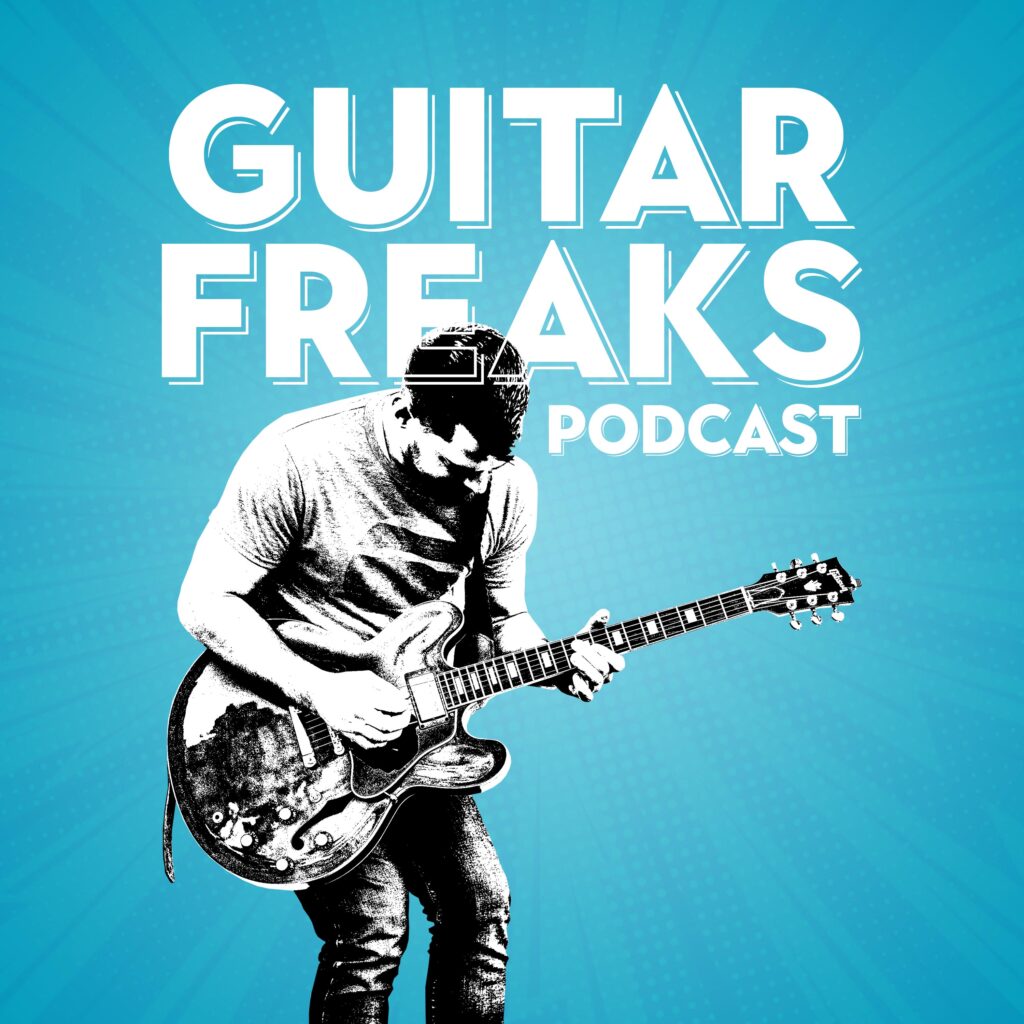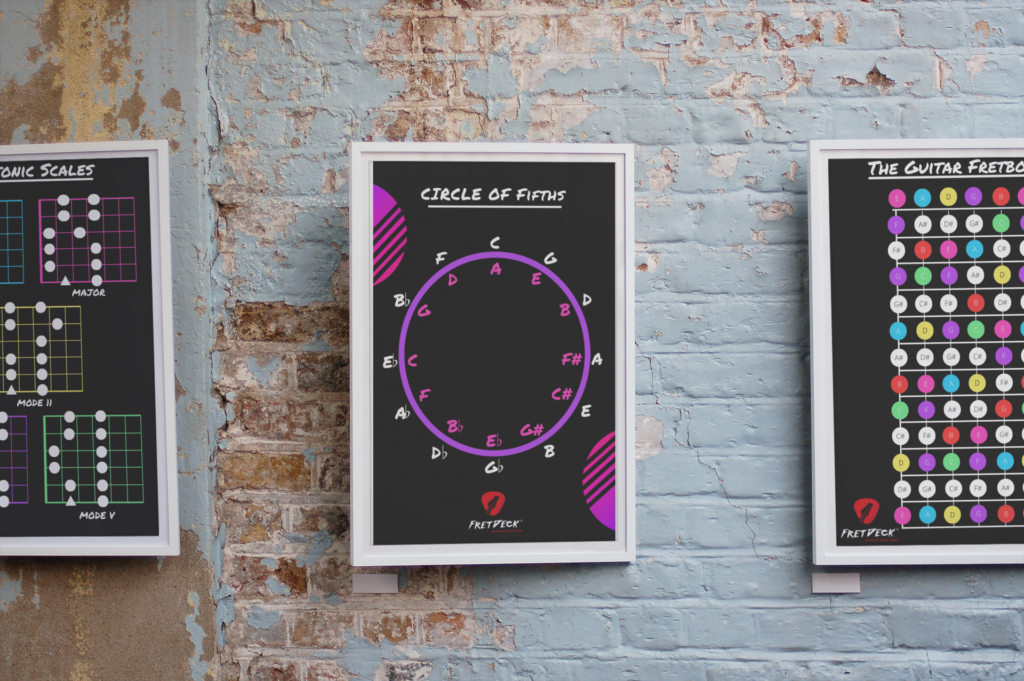Why Guitarists Get Stuck (And How to Break Free)
If you’re like most players, you hit a wall with guitar fretboard theory.
You learn a few pentatonic shapes, maybe memorize some open chords, dabble in scales—and then you stall.
The missing piece? Guitar fretboard theory.
And no, it’s not some boring, academic slog. It’s your GPS for improvisation, songwriting, and mastery. The fretboard holds the map. Theory is how you read it.
In this post, we’re going to demystify fretboard theory, show you how to connect the dots (literally), and give you the tools pros use to move with complete confidence.
By the end, you’ll know how to:
- Visualize notes across the fretboard
- Connect chord tones with scale tones
- Build solos from intervals and shapes
- Use theory in a musical way—not robotic
And if you’re serious? Stick around till the end—I’ll give you a link to join our Discord and Kickstarter campaign for the FretDeck, our physical/visual system for fretboard fluency.
Let’s get started.

❌ Stop Guessing. Start Shredding.
If you’re still fumbling through scale patterns and box shapes… it’s costing you progress.
FretDeck™ is the no-fluff system that shows you exactly how to master the fretboard—fast. Early access.
⚡️ This isn’t for dabblers. It’s for players who want results.
👉 Click here to join the pre-launch now
Early access. Limited rewards. Don’t wait.
Step 1: Know Thy Notes (Seriously)
You can’t solo with confidence or build chords on the fly if you don’t know where the notes live.
Start With These:
- Open strings (EADGBE)
- The notes on string 6 and string 5 (your root anchors)
- Then the octave shapes (5-fret and 7-fret patterns)
Pro Tip: Use the “E root / A root” trick. Memorize the natural notes (no sharps or flats) on just the 6th and 5th strings. This gives you a mental GPS for every barre chord, scale, and triad.
If that’s too overwhelming? Flip the first few cards in our FretDeck: Pentatonic Scales Edition. We built it to reduce overwhelm and focus your brain on one shape, one root, one key at a time.
Step 2: Intervals Are the Secret Sauce
Intervals are the distances between notes—and they’re the real architecture behind music.
Memorize these shapes:
- Minor third (3 frets apart)
- Major third (4 frets apart)
- Perfect fifth (2 strings up, 2 frets over)
- Flat seven (blues gold)
Why do these matter? Because every chord and every scale is built on intervals. If you understand these, the fretboard becomes a playground instead of a puzzle.
Practice Challenge:
Pick one root note. Build a major triad using just intervals. Then build a minor one. Then a dominant 7. Do this across different strings.
Step 3: Connect the Chords and Scales
Here’s where most guitarists go wrong:
They treat chords and scales like separate islands.
But in reality? They’re built from the same ingredients. And fretboard theory shows you the recipe.
Let’s say you’re in the key of A:
- The A major chord has the notes A, C#, and E.
- The A major scale has the notes A, B, C#, D, E, F#, G#.
So the chord is just a slice of the scale.
If you visualize where C# and E land inside your A major scale shape, you can start targeting chord tones when you solo.
This makes your solos sound like music instead of scale noodling.
“When I want to say something on guitar, I don’t think scale—I think chord tone.” —Adam Levy
Step 4: Play Horizontally, Not Just Vertically
Most guitarists play up and down box shapes (vertical).
But real fretboard freedom happens across the strings (horizontal).
Try This:
- Pick a note on the low E string.
- Play the major scale for that key on one string.
- Listen to the intervals. Hear the distance.
- Then replicate it across the G or B string.
This trains your ear and opens up melodic phrasing—not just finger patterns.
It’s how B.B. King and Santana crafted lyrical solos that sang. They weren’t running shapes—they were connecting phrases.
Step 5: Learn the Modes (But Don’t Be a Robot)
Yes, modes are part of guitar fretboard theory.
But don’t memorize them like a checklist. Learn their flavor.
- Dorian: minor with a bright 6th
- Mixolydian: major with a bluesy 7th
- Lydian: major with a dreamy #4
Pick one mode. Play it over a single chord vamp. Hear what makes it tick.
Want help mapping these out? Our FretDeck includes mode-specific cards for every key.

❌ Stop Guessing. Start Shredding.
If you’re still fumbling through scale patterns and box shapes… it’s costing you progress.
FretDeck™ is the no-fluff system that shows you exactly how to master the fretboard—fast. Early access.
⚡️ This isn’t for dabblers. It’s for players who want results.
👉 Click here to join the pre-launch now
Early access. Limited rewards. Don’t wait.
Real Talk: Why Theory Doesn’t Stick
Because most people treat it like homework.
But guitar fretboard theory is a language.
You learn it best when you:
- Speak it (improvise)
- Hear it (transcribe)
- Write with it (compose)
Don’t get stuck in diagrams. Get your fingers talking.
Join the Movement: Guitar Freaks Hangout + Kickstarter
You’re not in this alone.
We built a Discord community for players like you—hungry to master the fretboard, learn theory, and trade licks.
And if you want a physical tool to speed up the process? Our FretDeck: Pentatonic Scales edition is on Kickstarter now. It’s a visual, analog card deck that teaches you:
- 60 pentatonic scale patterns
- Mode applications
- Interval training
- Real-world soloing examples
All without staring at a screen.
🎯 Join the Discord 🎯 Back the Kickstarter
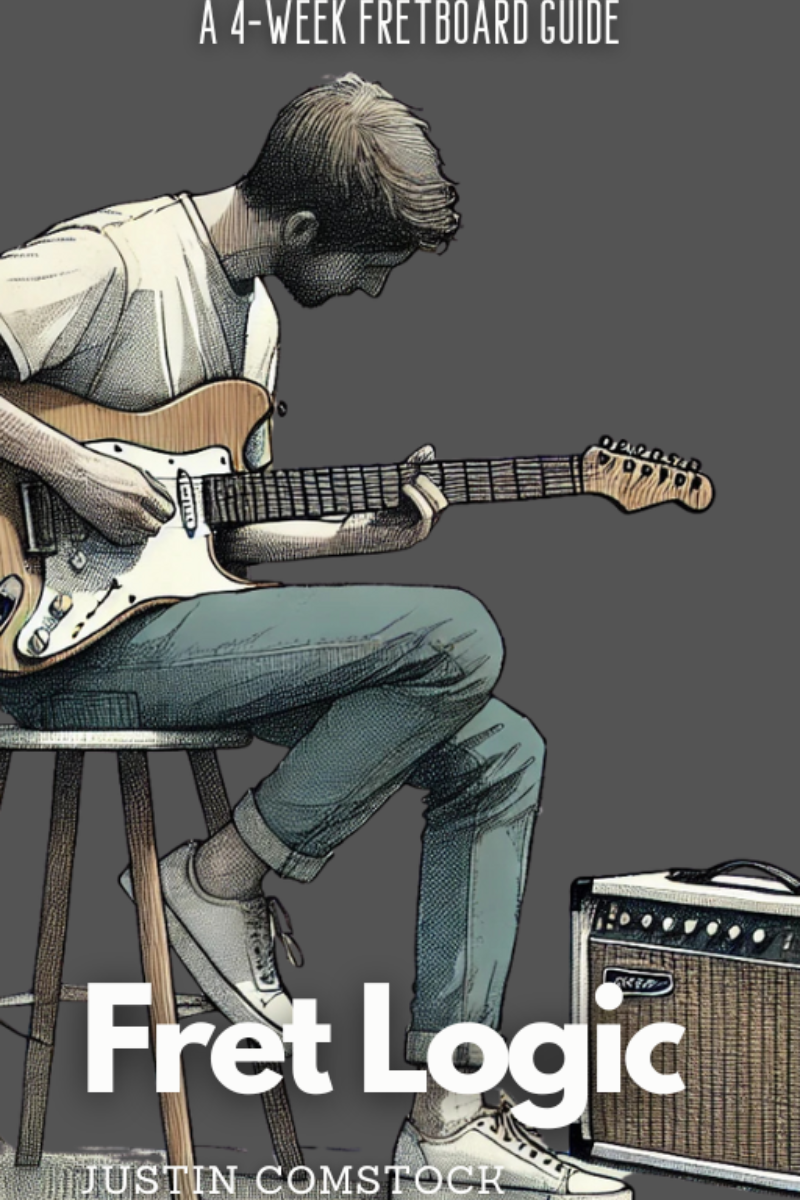
Join Guitar Freaks Hangout on Discord! 🎸
Get Fret Logic FREE!
Join the Guitar Freaks Hangout Discord and get exclusive access to my entire e-book, Fret Logic! Master the fretboard and elevate your solos with this comprehensive guide.
👉 Don’t miss out—join now and download your free copy!
Final Words
If you’ve ever said “I just play by ear,” that’s great.
But imagine combining your ear with fretboard theory mastery.
You’d never feel lost again.
The dots aren’t just dots. They’re a story. Theory helps you tell it.
Now go plug in, open your ears, and start mapping the neck.
The guitar isn’t a mystery. It’s a map.
Learn it. Speak it. Own it.
🎸 – Justin
P.S. What’s one thing you learned about the fretboard today? Share it in the Guitar Freaks Hangout and connect with others on the same path.
P.P.S. Don’t forget to grab your deck. Our Kickstarter
Want a deeper dive into guitar theory? Check out JustinGuitar’s Practical Music Theory Course—a great complement to what you’ll learn with FretDeck.
Dive deeper into fretboard mastery with our guide on Guitar Octaves: The Secret Weapon to Unlock the Neck and Play Smarter Solos. This article explores how understanding octaves can enhance your soloing and navigation across the fretboard.
